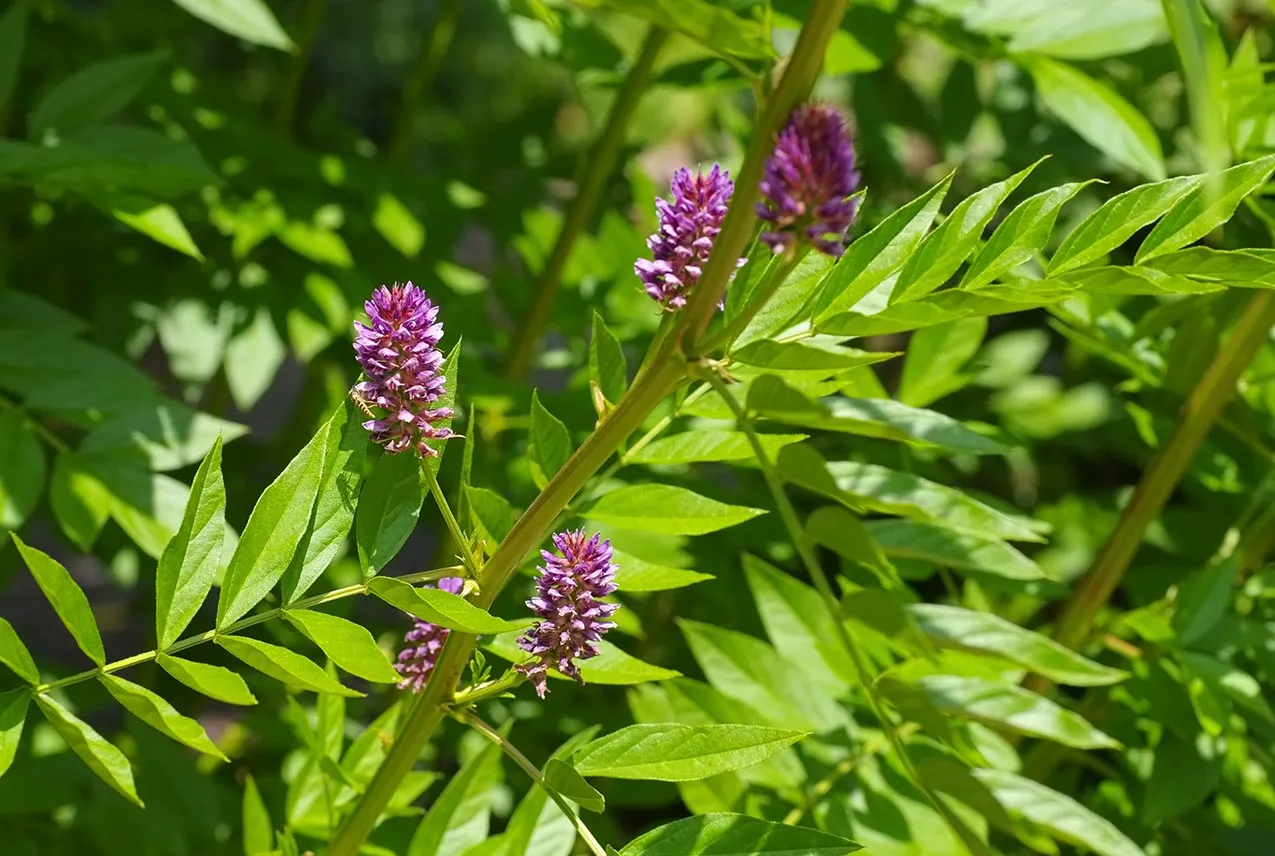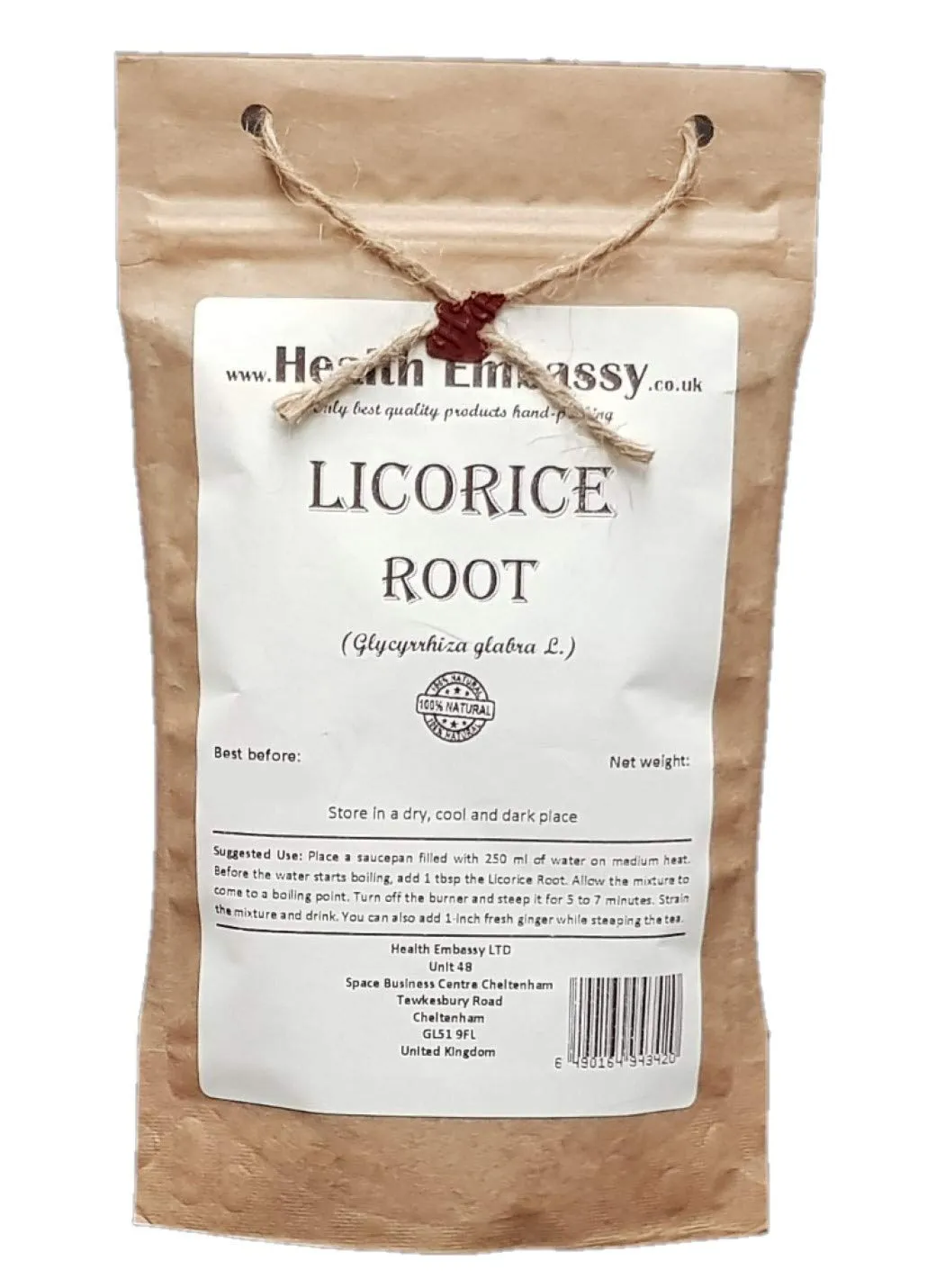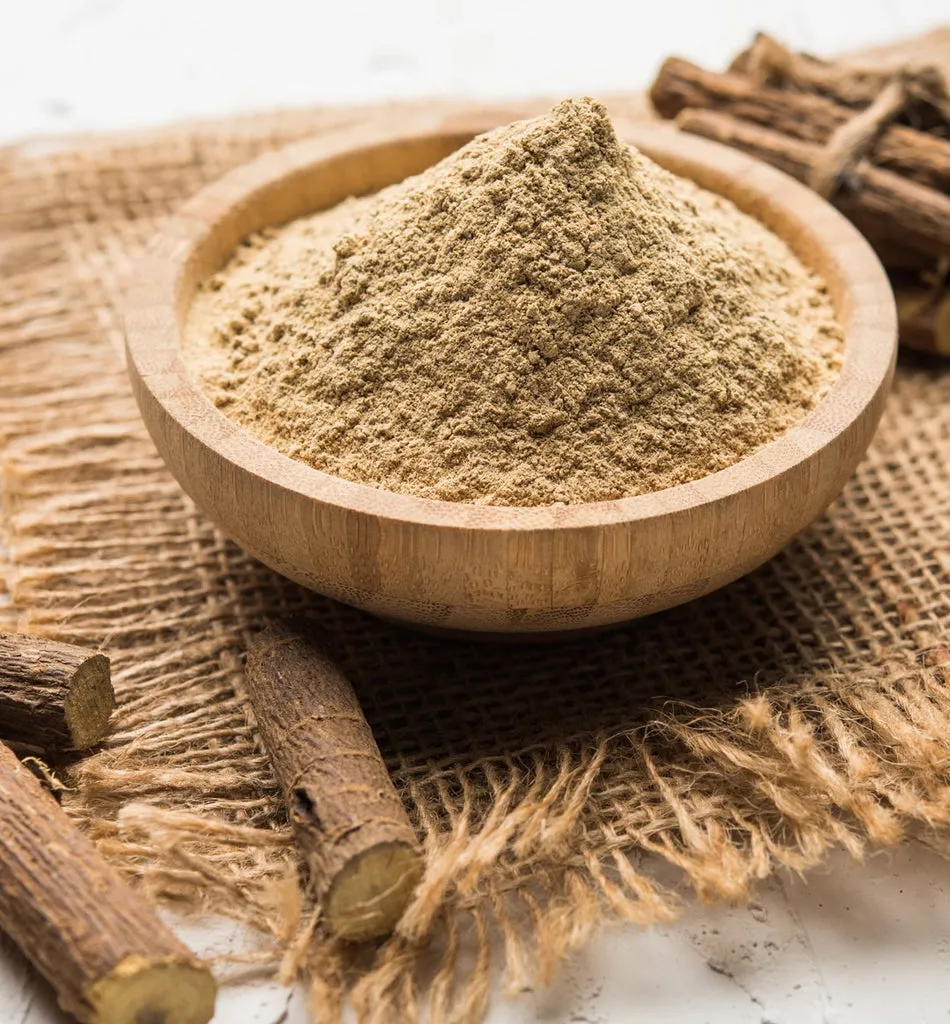Licorice Root: A Versatile Flower with Medicinal Benefits Licorice root, also known as Glycyrrhiza glabra, is a flowering plant that belongs to the Fabaceae family. It is native to Europe and Asia, and has been used for centuries in traditional medicine for its numerous health benefits. The plant is characterized by its long and woody stem, which can grow up to one meter in length. The licorice root plant produces small purple flowers that are followed by seed pods containing the plant's seeds. In this article, we will delve into the various uses and benefits of licorice root. History and Origin of Licorice Root Licorice root has been used for medicinal purposes for over 4,000 years. The ancient Egyptians, Greeks, and Romans all used it as a natural remedy for a variety of ailments. In traditional Chinese medicine, licorice root has been used for more than 2,000 years to treat a variety of conditions, including coughs, sore throats, and digestive issues. Licorice root was also used in ancient Ayurvedic medicine, which originated in India more than 5,000 years ago. In Ayurveda, licorice root was used as a natural remedy for respiratory infections, digestive issues, and skin problems. Today, licorice root is still widely used in traditional medicine, as well as in modern medicine. It is used to treat a variety of conditions, including ulcers, coughs, sore throats, and skin conditions. Health Benefits of Licorice Root Licorice root has many health benefits, some of which are backed by scientific research. Here are some of the main health benefits of licorice root: 1. Helps Relieve Digestive Issues Licorice root has been used for centuries to help relieve digestive issues. It contains compounds that help soothe the digestive tract and reduce inflammation. Licorice root is often used to help relieve symptoms of acid reflux, gastritis, and ulcers. 2. Helps Boost Immune System Licorice root has been found to have immune-boosting properties. It contains compounds that help stimulate the immune system and increase the production of white blood cells, which are essential for fighting off infections. 3. Helps Relieve Respiratory Issues Licorice root has been used for centuries to help relieve respiratory issues, such as coughs, sore throats, and bronchitis. It contains compounds that help soothe the respiratory tract and reduce inflammation. 4. Helps Manage Stress Licorice root has been found to have stress-reducing properties. It contains compounds that help regulate the production of cortisol, a hormone that is released in response to stress. By regulating cortisol production, licorice root can help reduce stress and anxiety. 5. Helps Improve Skin Health Licorice root has been found to have skin-healing properties. It contains compounds that help reduce inflammation and soothe irritated skin. Licorice root is often used to help treat skin conditions, such as eczema, psoriasis, and acne. How to Use Licorice Root Licorice root can be used in many different forms, including: 1. Tea Licorice root tea is a popular way to consume licorice root. To make licorice root tea, simply steep a teaspoon of licorice root in hot water for 5-10 minutes. 2. Capsules Licorice root is also available in capsule form. Capsules are a convenient way to consume licorice root, as they allow you to easily control the dosage. 3. Powder Licorice root powder can be added to smoothies, juices, and other beverages. It can also be used as a seasoning in cooking. 4. Extract Licorice root extract is a concentrated form of licorice root. It is often used in topical creams and ointments to help soothe skin conditions. Precautions and Side Effects While licorice root is generally considered safe, it can cause side effects in some people. Here are some precautions to keep in mind when using licorice root: 1. Avoid if Pregnant or Breastfeeding Licorice root should be avoided if you are pregnant or breastfeeding, as it can affect hormone levels. 2. Avoid if you have High Blood Pressure Licorice root can raise blood pressure in some people. If you have high blood pressure, you should avoid using licorice root. 3. May Interact with Medications Licorice root can interact with certain medications, including blood thinners, diuretics, and corticosteroids. If you are taking any medications, you should consult with your doctor before using licorice root. 4. May Cause Hormonal Imbalances Licorice root can affect hormone levels in some people, which can cause hormonal imbalances. If you have a history of hormonal imbalances, you should avoid using licorice root. Conclusion Licorice root is a versatile flower that has been used for centuries in traditional medicine. It has many health benefits, including helping to relieve digestive issues, boosting the immune system, and managing stress. Licorice root can be consumed in many different forms, including tea, capsules, powder, and extract. While licorice root is generally considered safe, it can cause side effects in some people, and should be used with caution.
Frequently asked questions about Licorice root wallpapers
Q: What is Licorice root?
A: Licorice root is a plant native to Europe and Asia. It has been used for medicinal purposes for centuries and is also commonly used in candy and flavorings.
Q: Why are Licorice root pictures categorized under "Flowers"?
A: Although Licorice root is not typically thought of as a flower, it does produce small, violet-colored flowers. Therefore, it is categorized under "Flowers" on our website.
Q: Can I download Licorice root pictures for free?
A: Yes, all of the Licorice root pictures on our website are available for free download.
Q: What file types are available for download?
A: Users can choose to download Licorice root pictures in .jpg, .png, and .webp file types.
Q: Can I choose the size of the Licorice root pictures I download?
A: Yes, users can choose the width and height of the Licorice root pictures they download.
Q: Does your website automatically detect the visitor's screen size?
A: Yes, our website automatically detects the visitor's screen size and selects the appropriate size for the Licorice root pictures.
Q: How many Licorice root pictures are available on your website?
A: We currently have 35 Licorice root pictures available for download.
Q: Can I use the Licorice root pictures for commercial purposes?
A: Our Licorice root pictures are available for free download and personal use. However, commercial use may require permission from the owner of the picture.
Q: Can I modify the Licorice root pictures I download?
A: Yes, users are allowed to modify the Licorice root pictures they download.
Q: What is the resolution of the Licorice root pictures available for download?
A: The resolution of our Licorice root pictures varies, but they are all high-quality and suitable for personal use.




































